The signs of ancient history are visible everywhere you go in Scotland. From the heart of Neolithic Orkney to Inverness-shire’s Clava Cairns to Kilmartin Glen in Argyll, history pierces the sediment of modernity. Despite Scotland’s apparent wealth of history, incredibly, there are even more sites that remain unexcavated and undiscovered, and this is especially true in Caithness. The far northeastern corner of Scotland is a gentle landscape of coastline, moors, and pasture where the thick, green grass rumples and bunches over hidden geology.
Or so it seems.
Many of the low rippling hills are actually ancient drystone structures buried under thick layers of earth and vegetation. Somewhere along the road in my travels around Scotland I heard that there are hundreds of unexplored sites like these because there simply isn’t enough funding to properly excavate them all. This begs the question of whether it’s right to excavate them at all, but that didn’t stop my imagination from pondering what might be hidden yet within the earth, what artifacts might be waiting to cast light on history’s mysteries and upend our understanding of Scottish and British history.
It takes little searching to find these places in Caithness. Just down the coast a few hundred yards from my rental house in Keiss, Sarah and I stumbled on the remains of a broch peeking through the grass. The wrinkled earth was bounded by a stone fence and watched over by a small herd of cattle, and if I didn’t know better I’d think this was just an old croft or shed left in ruin to the elements. Keiss broch was occupied until the 3rd century AD and here I am looking at it nearly 2,000 years later. The way Scotland crumples time like an accordion is one of its greatest charms.
Any exploration of Caithness’s brochs ought to begin at the Caithness Broch Centre. I popped into this small stone building just north of Keiss to get a lay of the land and found an excellent, niche museum. I had no idea there were so many brochs in the area, places like Thing’s Va Broch, which also served as a Viking parliament, Nybster Broch, and secluded Dunbeath Broch. Dozens more have been noted, and only those who live in the earth know how many more remain to be discovered.
South of Wick on the A9 stands one of Scotland’s more curious monuments: The Hill O’Many Stanes. This hillside is set with nearly 200 short, upright stones in 22 rows that form a fan shape. A cursory examination of the site makes one think it’s an ancient graveyard, but theories persist today the Hill O’Many Stanes is actually a Bronze Age lunar observatory or astronomical calculator. The Hill is the largest stone row monument in Britain, and you won’t find these outside of Sutherland and Caithness, though Brittany has much taller versions. All we have are theories and hypotheses for the Hill O’Many Stanes, and that ultimately means we don’t know what it was used for.
Caithness feels like an archaeological frontier. There are so many sites bursting through the turf waiting to be excavated and studied, and that’s an exciting thing. Our understanding of Scottish history is in flux, waiting for iteration after iteration as the archaeological record expands. I think if I could rewind a couple of decades I might’ve studied archaeology, maybe done some field work in Scotland. As it stands, however, I’m happy to be an interested observer in what the future will tell us about the past.

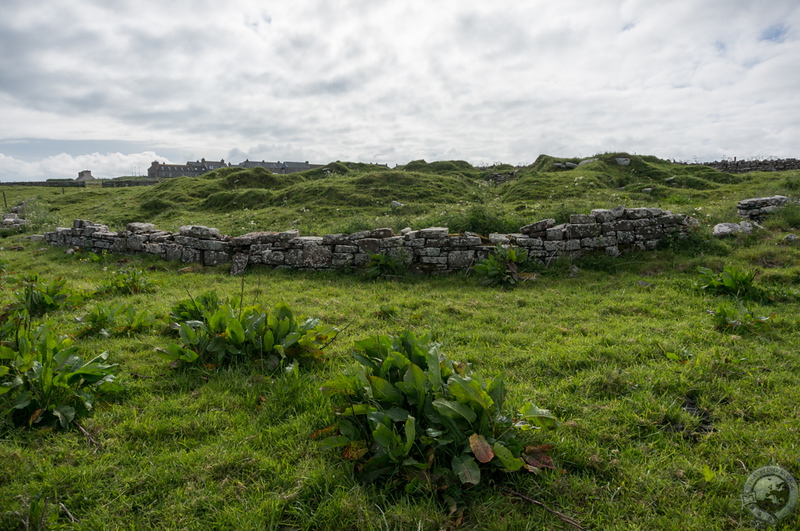
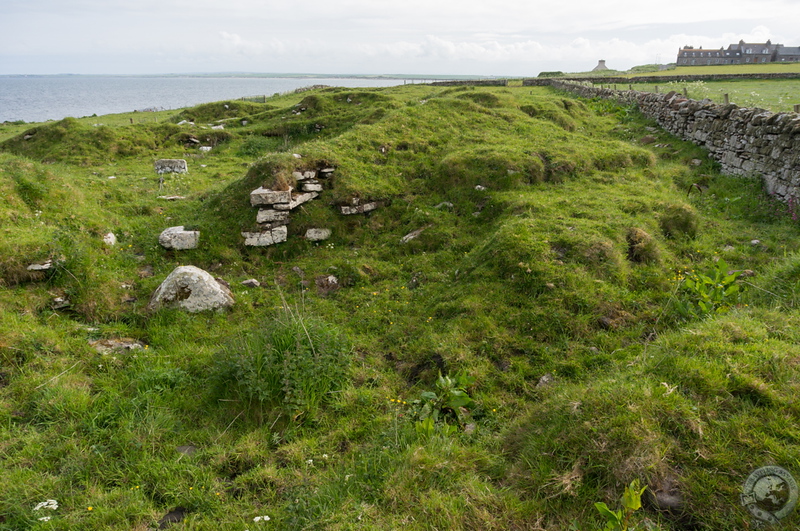
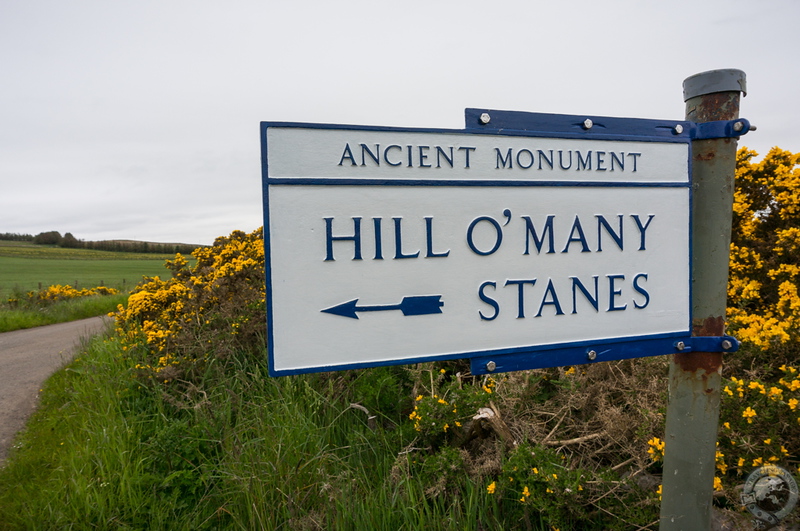
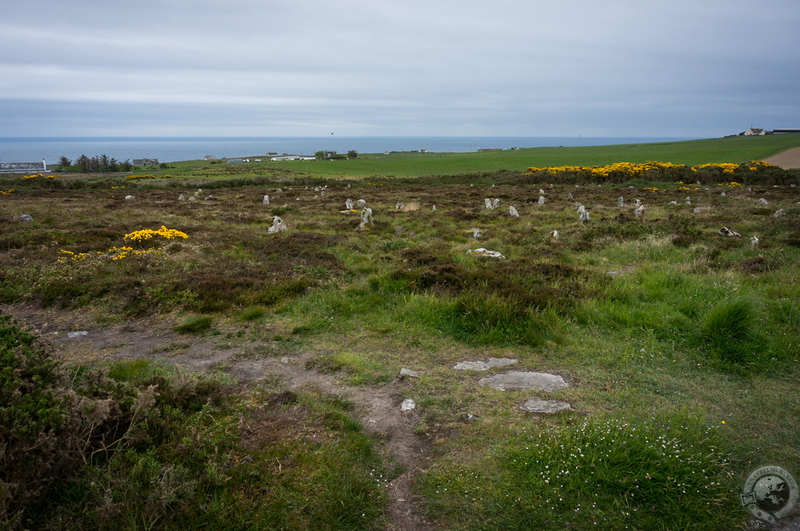
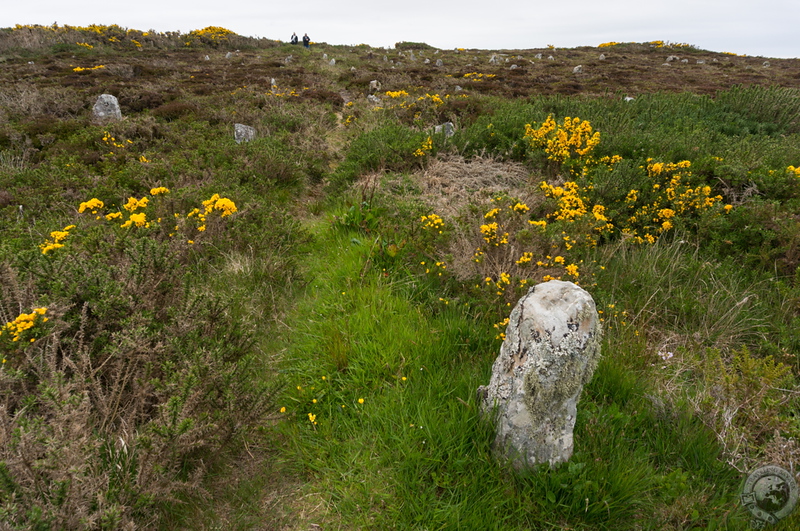
Places like this are the reason why one trip to Scotland cannot be enough! We are a month away from our first trip and already working out how we might return.
It always happens!